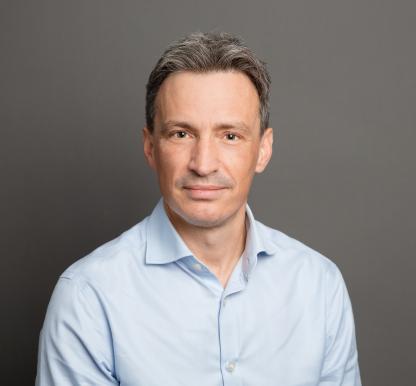This content mentions suicide or suicidal thoughts, depression and death or bereavement. Please read with care. There are details of where to find help at the bottom of this page.

Statistics can tell us a lot. They tell us that in the last recorded year (2016), 5,688 people died by suicide in Britain. Men are around 3 times more likely to die by suicide than women, but the female suicide rate has been at its highest since 2011.
They can tell us that suicide is the largest cause of death for men between the ages of 20 and 49 years old in England and Wales. But statistics don't tell us everything.
They can never tell us why someone decided to end their life. They can never convey the devastating impact that suicide has on a family and the wider community.
Dan and Edward
Four years ago, my older brother, Daniel, took his own life. It was a decision that was both fatal and final. But the more I understand about mental health, the more convinced I am that Dan’s decision could have been prevented.
I thought of Dan last year as a coroner’s inquest gave its finding into the death of 18-year-old Edward Mallen, who was living with depression and ended his own life.
The inquest found that Edward's GP had referred him to a specialist mental health team following disclosure of suicidal feelings and recommended that he be seen within 24 hours. However, following a triage mental health nurse conversation, he was downgraded to a five-day wait.
The NHS Trust in question commented: "It's not clear that if the Trust had done everything, it could have done that Edward would have lived, but the Trust didn't do everything that could possibly be done, so we can't know and we must therefore accept some responsibility."
It was a similar conclusion that I came to following the inquest of my brother, who died on the hospital grounds of an institution charged with his care.
These deaths raise a key issue in the prevention of suicide. In physical health, early intervention is recognised as being crucial – in cancer care, for example, services are designed to ensure that people can access care and treatment as quickly as possible following diagnosis in the knowledge that this improves the chances of recovery. This same message also needs to be embedded into mental health, and it is the message that has galvanised Edward Mallen’s father, Steve.
Steve Mallen committed at Edward’s funeral that some good would come out of his death – his response was to set up the MindEd Trust, "which is focused on the prevention of mental illness in young people and early intervention strategies for those experiencing trauma."
As evidenced by Edward's death, Steve is responding to the desperate need to prevent children and young people from reaching a crisis. It is about the healthcare system responding to clear signals of distress and providing adequate and timely support. It’s not an easy fix but achievable with adequate funding and training (and a much-needed commitment to bring about change, which Steve is fighting hard to achieve).
Prevention strategies
We know that suicide prevention works, a global review of suicide prevention strategies published recently in the Lancet Psychiatry concluded that combinations of evidence-based approaches do work. Be that and including restricting access to the means of death, school-based awareness programs and the effective treatment of depression. All of which are crucial starting points. But, these approaches alone will not enable us to reduce death by suicide significantly.
The knowledge that prevention works raise the question: how can we reach and support people who don’t directly reach out for help?
The big task ahead of us is to tackle the causes of distress, such as the real or perceived pressures of expectation. These pressures can be societal or individual to the person who experiences them. Still, young people and adults can include concerns about present, academic attainment and future success and pressures to conform and fit in. In older people, these pressures can be around finances, debt, unemployment, addiction and isolation.
We also need to cultivate a culture where it’s okay not to be okay, and the opportunity to be heard in a safe space exists. We need to look beyond the surface, past any veneers which could create the illusion that things are going well for a person who is in pain. There’s a disparity between our hidden ideas of who can legitimately experience mental health problems and the reality which anyone can.
Increasing mental resilience may form part of the solution, but as a society, we also need to urgently define these pressures and seek ways to tackle them. Answers will not be easy, they are likely to require whole-community approaches and the consideration of the wider impact of government policies on mental health. But as a society, we need to begin to ask whether we are willing to accept the continued price of lost lives by suicide and if not, strengthen the movement to bring about change and aim for zero suicides.
If you are feeling like ending your life or feel unable to keep yourself safe, please call 999 or go to A&E and ask for the contact of the nearest crisis resolution team. These are teams of mental health care professionals who work with people in severe distress. If you feel affected by the content you have read, please see our get help page for support.
Donate now
We are striving for a world with good mental health for all. Suicide rates have fallen in recent years, proving that prevention programmes can be highly effective, so now is the time to continue pushing the suicide rate down further. To achieve this, we need your help. Please consider a donation today.
Donate now